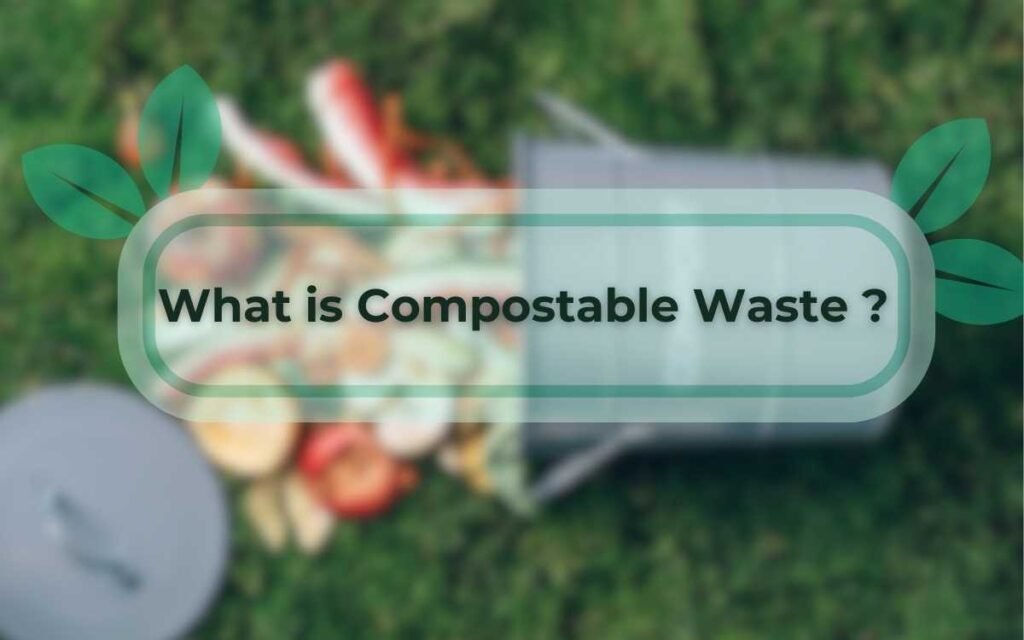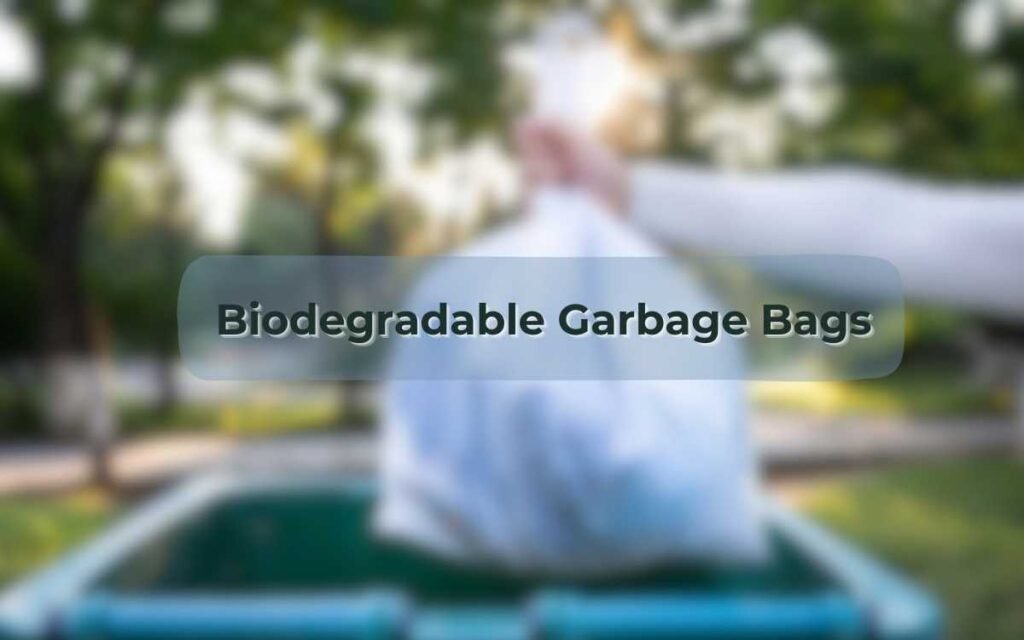
- Introduction
- What is Sustainable Packaging?
- Sustainable Cosmetic Packaging Examples
- 11 Types of Sustainable Cosmetic Packaging
- Top Trusted Eco-Friendly Cosmetic Packaging Companies
- Tips for Choosing Eco-Friendly Cosmetic Packaging
- Case Studies and Examples
- Consumer Tips and Tricks
- Is Plastic Packaging Sustainable?
- Future Trends in Sustainable Cosmetic Packaging
- Bottom Line
Introduction
Today, the beauty industry pushes for sustainability more than ever. It aims to cut environmental impact in all aspects of making products. One significant area of innovation is sustainable cosmetic packaging. Let’s explore this meaning. We will cover the types and how consumers can pick eco-friendly ones.
What is Sustainable Packaging?

Sustainable packaging aims to minimize the environmental footprint. It does this by using materials that are easier to recycle, reuse, or naturally degrade. This approach not only reduces waste but also helps conserve resources and energy. Recent studies say the global sustainable packaging market will grow at a 7.4% CAGR from 2021 to 2028. This reflects a strong shift to eco-friendly solutions.
Sustainable Cosmetic Packaging Examples

- Paper-Based Tubes: These are used by some cosmetic brands instead of plastic. They use them for products like lip balms and foundations. These tubes are often made from sustainably sourced paper and are biodegradable.
- Cork Packaging: Cork is a renewable resource. It’s harvested from cork oak trees without harming them. It’s used in cosmetic packaging for items like compact cases and bottle stoppers. It offers a unique texture and look.
- Sugarcane-Based Plastics: Some brands are turning to bioplastics derived from sugarcane. These are used for packaging many cosmetic products. They are a more sustainable option than conventional plastics.
- Mushroom Packaging: It is made from agricultural waste and mycelium (the root structure of mushrooms). It is biodegradable packaging used for protective inserts and boxes. It’s compostable and can break down naturally in a few months.
11 Types of Sustainable Cosmetic Packaging

On sustainable cosmetic packaging, the beauty industry is using many eco-friendly materials.
Here’s a detailed look at 11 types of sustainable cosmetic packaging. They are leading the charge in environmental responsibility.
1. Post-Consumer Recycled (PCR) Packaging
It is made from materials collected through consumer recycling programs. PCR packaging gives new life to waste materials. It cuts the need for new plastics and lowers carbon emissions .
2. Bamboo Packaging
Bamboo Packaging uses bamboo, a fast-growing and renewable resource. It needs minimal pesticides and can be harvested sustainably. Bamboo packaging is light and strong. It is also biodegradable. This makes it an excellent eco-friendly choice.
3. Paper Packaging
Includes biodegradable paperboard and other paper-based materials. Paper packaging is recyclable. It is often made from responsibly managed forests. It has a natural look and is good for branding.
4. Refillable Packaging
It is designed for multiple uses. It reduces waste from single-use products. They encourage consumers to reuse packaging by offering refills. This promotes sustainability for the product lifecycle.
5. Cornstarch Packaging
Biodegradable packaging made from cornstarch, which is derived from renewable resources. Cornstarch packaging breaks down in compost. It’s a sustainable alternative to regular plastics.
6. Seaweed Packaging
Biodegradable packaging derived from seaweed, which is abundant and renewable. Seaweed packaging is compostable. It can dissolve in water. This makes it a promising eco-friendly material for cosmetics.
7. Silicone Packaging
Durable and reusable, silicone is often used for travel-sized containers. Silicone is not biodegradable. But, it is recyclable and lasts a long time. This reduces the need for constant replacements.
8. Beeswax Packaging
It is natural and biodegradable. Beeswax packaging is common for wraps and covers. It kills bacteria. You can compost it when it wears out. Making it a sustainable choice for eco-conscious consumers.
9. Metal Packaging
Recyclable and durable, metal packaging includes materials like aluminum and steel. It is commonly used for tins, tubes, and aerosol containers. It offers a high barrier and long shelf life for cosmetics.
10. Glass packaging
Glass packaging is recyclable. It is also often reusable and in fact, suitable for a wide range of cosmetic products. glass packaging is inert. It preserves product integrity. This makes it the top choice for luxury cosmetics and skincare items.
11. Bioplastics
Bioplastics are made from renewable resources like PLA (polylactic acid). They offer biodegradability and compostability under proper conditions. PLA comes from corn starch, sugarcane, or other plants. It is a sustainable alternative to traditional plastics.
Top Trusted Eco-Friendly Cosmetic Packaging Companies

In the realm of sustainable packaging, several companies lead the charge:
International Paper Company
It is famous for its eco-friendly paper solutions. It is a global leader in sustainable packaging. They prioritize responsibly sourced materials. They are strongly committed to reducing environmental impact in their supply chain.
Tetra Pak
It is known for its groundbreaking liquid food packages. But, it also plays a big role in sustainable packaging innovations. Their carton packaging is made from renewable materials. It is designed to be recycled. This reduces the carbon footprint in the food and beverage industry.
Mondi
It offers many sustainable packaging options. These include paper and flexible packaging. They focus on making recycling easier and reducing waste. They offer eco-friendly choices for many industries, including cosmetics.
Ball Corporation
It specializes in sustainable metal packaging. It focuses on aluminum containers. Ball is committed to protecting the environment. Their aluminum packaging is endlessly recyclable. It has great barrier properties. It preserves product freshness while minimizing environmental impact.
Westrock
It provides sustainable packaging. Westrock focus on recyclability and sustainability in their products. They innovate with materials that are eco-friendly and useful. They ensure that their packaging meets the tough demands of the modern market.
Zenvista Packagings
It focuses on eco-friendly cosmetic packaging. It is dedicated to sustainability and quality. They offer a range of packaging solutions. The solutions are designed to cut environmental impact. They also meet the beauty industry’s aesthetic and functional needs.
Tips for Choosing Eco-Friendly Cosmetic Packaging

Choosing eco-friendly cosmetic packaging is a proactive step towards reducing environmental impact.
Here are some tips:
- Look for Recyclable Materials. Choose packaging made from materials such as glass or metal. You can also choose certain plastics, like PET or HDPE.
- Prioritize biodegradable options. Consider packaging materials. They are biodegradable, like bamboo, paper, or bioplastics from renewable resources.
- Check for certifications. Look for ones like FSC (Forest Stewardship Council) for paper-based packaging. Also, look for ones indicating recycled content. They ensure sustainability.
- Choose Refillable Packaging. Select products in refillable containers. They reduce waste and make packaging last longer.
- Avoid Excess Packaging. Choose products with minimal or sustainable packaging. Avoid extra layers or parts that add to waste.
- Support Transparent Brands. Choose brands that openly share their sustainability efforts and use eco-friendly packaging.
Case Studies and Examples

Examining real-world examples can illustrate the impact of sustainable cosmetic packaging:
1. Lush Cosmetics
Overview
Lush Cosmetics is famous for its commitment to using little packaging. It is also known for its sustainable practices. They emphasize ethical sourcing of ingredients. They also focus on reducing environmental impact in their products.
Packaging Practices
Naked Products: Lush offers a range of “naked” products, which are packaging-free or have minimal packaging. Examples include solid shampoo bars, bath bombs, and massage bars. This reduces the need for traditional packaging.
Recyclable Materials: When packaging is necessary, Lush uses recycled and recyclable materials. For example, their black pots are made from 100% recycled plastic. Customers are rewarded for returning five clean pots with a free face mask.
By using less packaging and recycled materials, Lush reduces waste. It also promotes a circular economy. Their efforts encourage customers to actively participate in recycling. They foster a sustainable mindset within their community.
2. Kjaer Weis
Overview
Kjaer Weis is a luxury makeup brand. It mixes top organic ingredients with green packaging. They aim to make products that are luxurious. The products must also be green.
Packaging Practices
One standout feature of Kjaer Weis is their refillable metal compacts. Their iconic silver compacts are designed to be reused indefinitely. Customers can buy refills of their favorite makeup. This reduces waste from single-use packaging.
Quality and Design: The metal compacts are crafted for durability and looks. They reflect the brand’s commitment to luxury and to reducing environmental impact.
Impact: By offering refillable compacts, Kjaer Weis significantly reduces packaging waste. Their approach encourages consumers to invest in high-quality, long-lasting products. It links luxury with sustainability in cosmetics.
3. Aveda
Overview
Aveda is known for integrating environmental responsibility into their business. They do this in every part, from sourcing ingredients to packaging design. They prioritize using recycled materials and minimizing their carbon footprint.
Packaging Practices
Post-Consumer Recycled Materials: Aveda incorporates post-consumer recycled materials into their packaging. For example, their plastic bottles are made from at least 80% recycled content.
Refill Options: Aveda offers refill options for several of their products, such as shampoo and conditioner. Customers can buy larger sizes. They can use them to refill their original bottles. This reduces plastic use and waste.
Aveda reduces its impact by using recycled materials and offering refill programs. They do this while providing high-quality products to their customers. They support a circular economy. As well as they promote sustainable practices in beauty.
Source : www.efulfillmentservice.com
Consumer Tips and Tricks

To make eco-friendly choices in your beauty routine, consider these tips:
- Buy in Bulk: Purchase larger sizes of products to reduce packaging waste over time.
- DIY Beauty: Explore homemade beauty products using natural ingredients to minimize packaging altogether.
- Support Local and Sustainable Brands. Look for local or small brands. They put sustainability first in their packaging and products.
- Educate Yourself. Stay informed about sustainable packaging. Learn about the practices and materials. Use this knowledge to make wise purchasing decisions.
Is Plastic Packaging Sustainable?

Some plastics are recyclable and can be in sustainable packaging. But, the widespread use of traditional plastics causes big environmental problems. Issues include long decomposition times. They also have the potential for pollution. And, they deplete fossil fuels in their production. To reduce these impacts, we need better biodegradable plastics. We also need more recycling infrastructure.
Future Trends in Sustainable Cosmetic Packaging

Looking ahead, the future of sustainable cosmetic packaging is promising with advancements in:
- Biodegradable and compostable materials are a case in point. They include materials like bioplastics and plant-based polymers. These materials break down naturally.
- Smart Packaging integrates technology. It improves packaging function. It also reduces waste and enhances the consumer experience.
- Circular Economy Initiatives: It emphasizes closed-loop systems. In these systems, packaging materials are reused, recycled, or composted.
- Innovative Design: These approaches to packaging design are creative. They prioritize sustainability and aesthetics. They meet consumer demand for eco-friendly products without compromising on quality.
By staying informed and making conscious choices, consumers can help sustainable practices grow. They can do this in the cosmetic industry. They will promote a healthier planet for future generations.
Bottom Line
Your choices matter in shaping a greener future for beauty products. By choosing sustainable cosmetic packaging, you’re caring for your skin. You’re also helping the planet. Let’s continue to support eco-friendly practices and encourage brands to prioritize sustainability. Together, we can make a beautiful impact.
Happy eco-friendly beauty shopping!





